Optimal Timing for Structural Repairs
Structural repairs are essential for maintaining building integrity and safety. Timing these repairs correctly can prevent further damage, reduce costs, and ensure long-term stability. Factors influencing the best time for repairs include weather conditions, structural condition, and project urgency.
Perform repairs during mild weather to avoid delays caused by rain, snow, or extreme heat. Spring and fall often provide optimal conditions for construction activities.
Immediate repairs are necessary if damage compromises safety. Minor issues can be scheduled during favorable seasons to minimize disruption.
Urgent repairs due to safety concerns should be prioritized regardless of season, with planning for optimal weather conditions if possible.
Certain materials are more readily available during specific times of the year, influencing repair scheduling.

Construction workers assessing a damaged building structure.
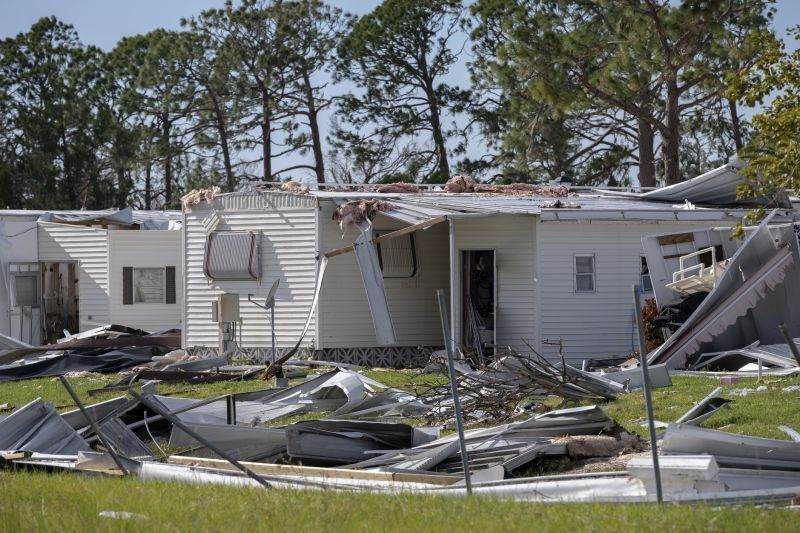
Clear skies and mild temperatures ideal for structural work.
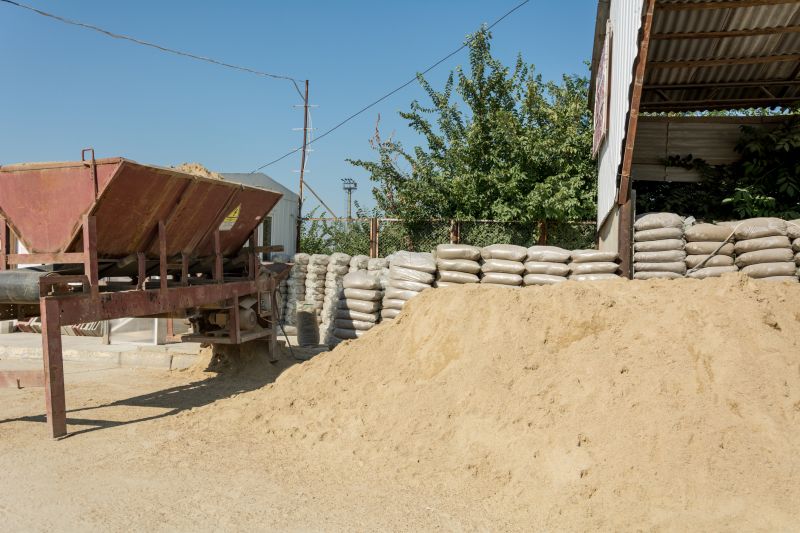
Construction materials being delivered during optimal season.
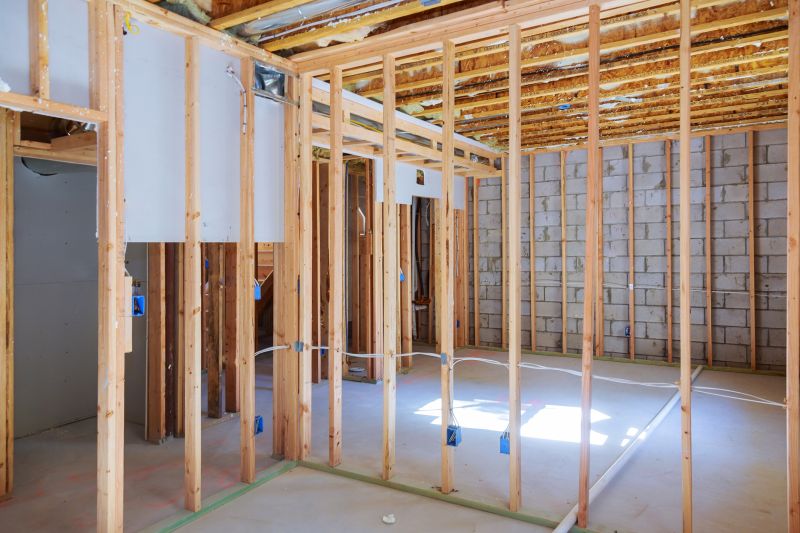
Ways to make Structural Repairs work in tight or awkward layouts.
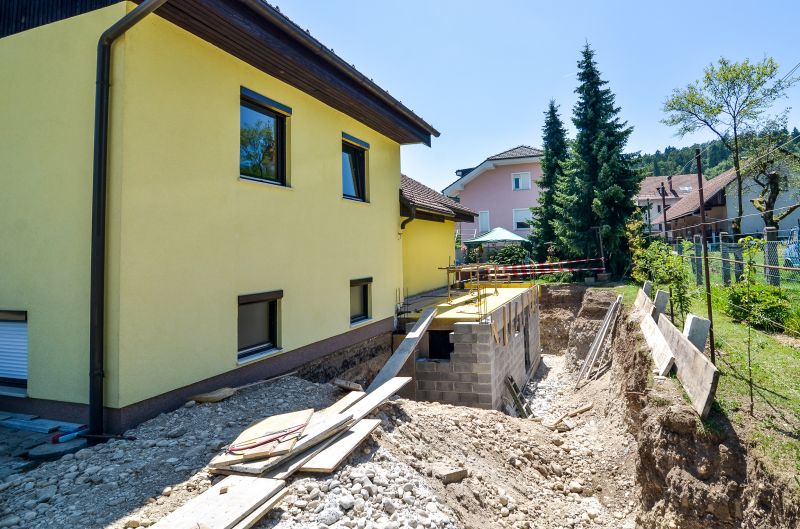
Popular materials for Structural Repairs and why they hold up over time.
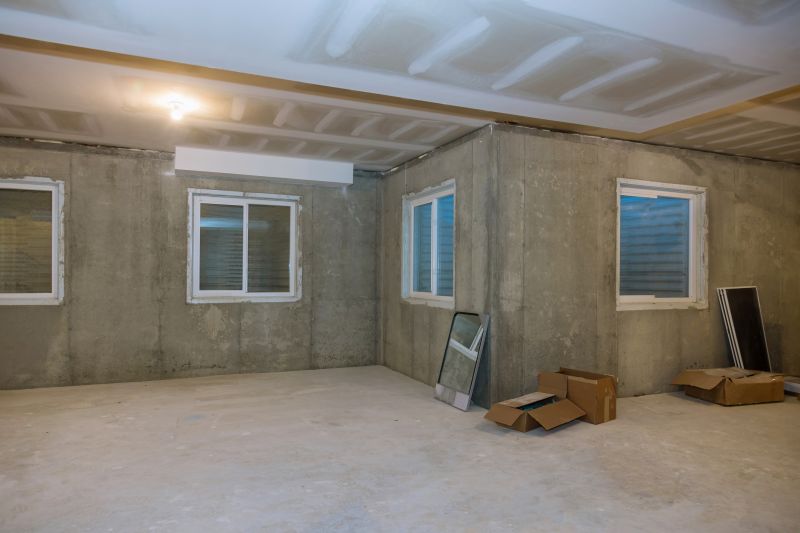
Simple add-ons that improve Structural Repairs without blowing the budget.
Structural repairs encompass a range of activities aimed at restoring and strengthening the foundational elements of a building. These repairs are crucial for preventing catastrophic failure, especially in aging or damaged structures. Proper timing ensures that repairs are effective and cost-efficient, reducing the likelihood of repeated work or additional damage.
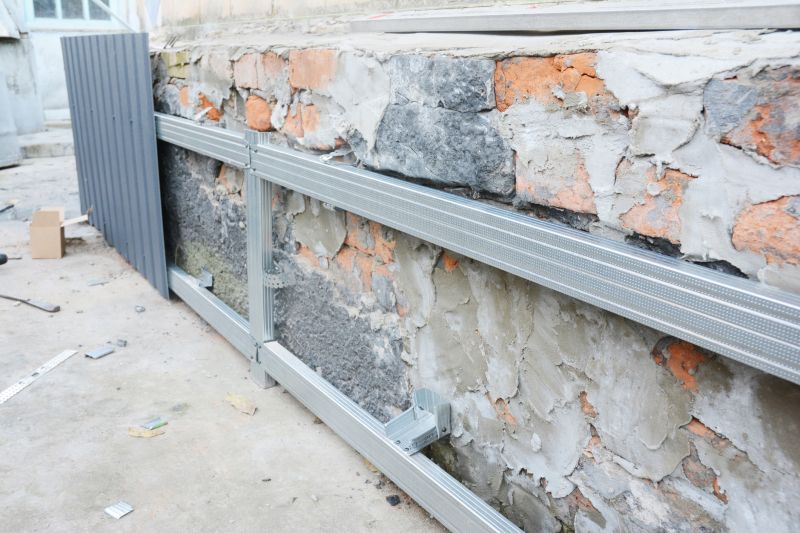
Steel reinforcement being installed in a concrete structure.

Foundation underpinning work in progress.
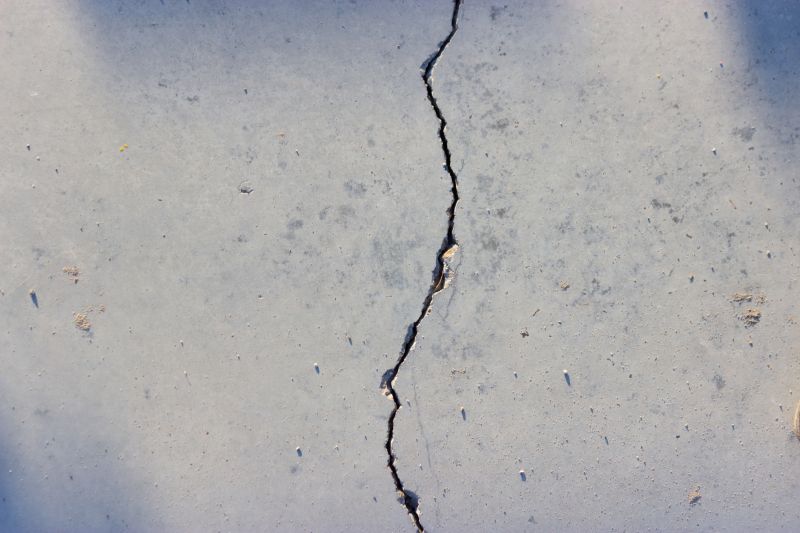
Concrete crack being sealed to prevent further damage.

Structural engineer inspecting repaired area.
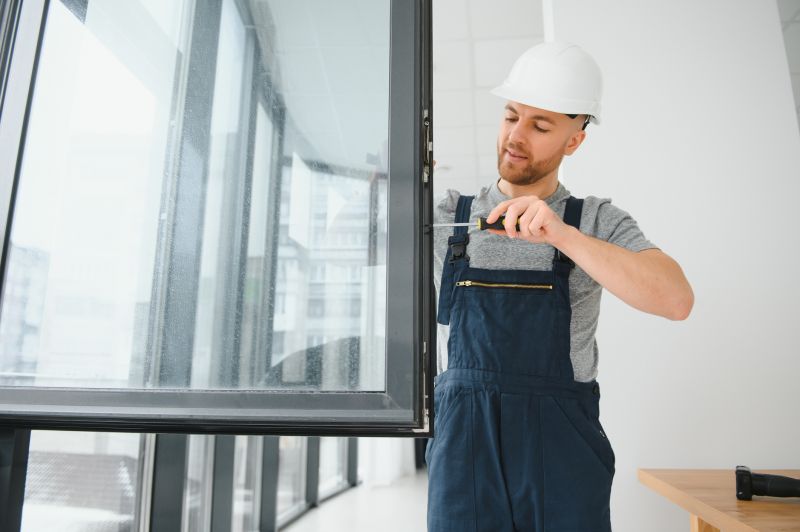
High-end options that actually feel worth it for Structural Repairs.

Finishes and colors that play nicely with Structural Repairs.
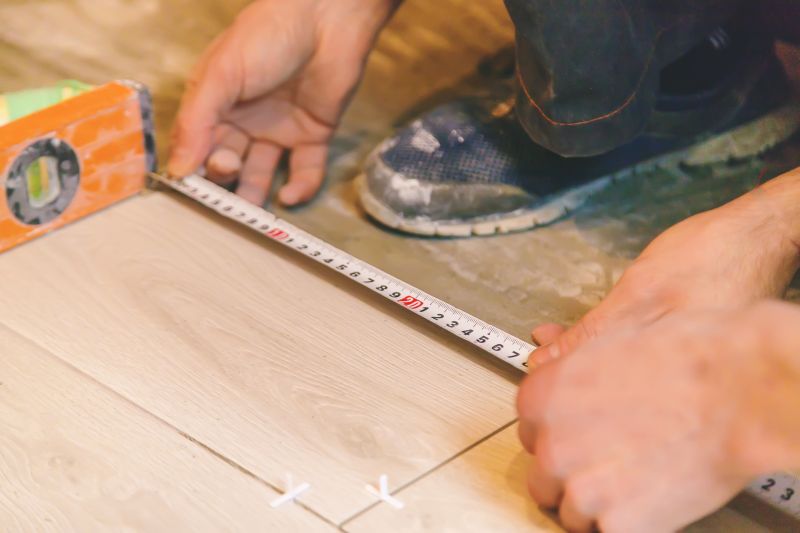
Little measurements that prevent headaches on Structural Repairs day.
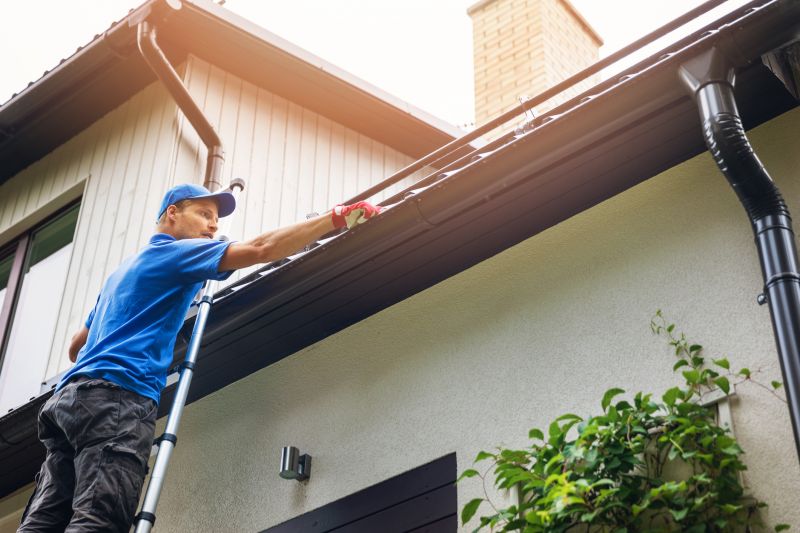
A 60-second routine that keeps Structural Repairs looking new.

A frequent mistake in Structural Repairs and how to dodge it.
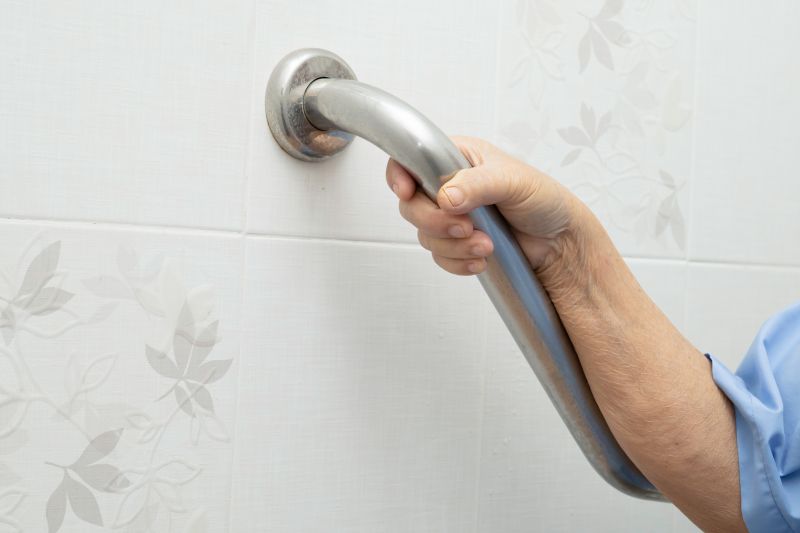
Small tweaks to make Structural Repairs safer and easier to use.
| Factor | Optimal Timing |
|---|---|
| Weather Conditions | Spring and fall for mild temperatures |
| Structural Damage Severity | Immediate if safety is at risk |
| Material Availability | Dependent on seasonal supply cycles |
| Building Occupancy | During low occupancy periods |
| Project Urgency | As needed regardless of season |
| Environmental Factors | Avoid extreme weather months |
| Construction Workforce Availability | Peak during favorable seasons |
Understanding the optimal timing for structural repairs can significantly impact the durability and safety of a building. Proper planning based on weather, damage severity, and operational considerations ensures that repairs are effective and minimally disruptive. Regular assessments can help determine the best window for undertaking these critical activities.

Engineer reviewing repair plans outdoors.
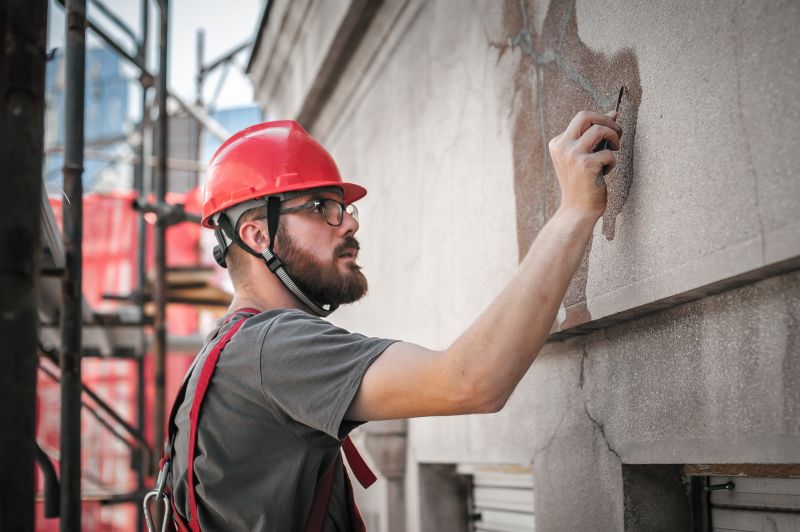
Workers performing repairs during favorable weather.

Inspection of a repaired structural element.

Lower-waste or water-saving choices for Structural Repairs.

The short, realistic tool list for quality Structural Repairs.
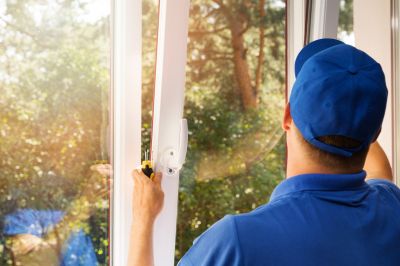
Rough timing from prep to clean-up for Structural Repairs.
Interested parties are encouraged to contact for more information about scheduling and executing structural repairs. Proper timing and planning are essential for ensuring the longevity and safety of a building's structural components.



